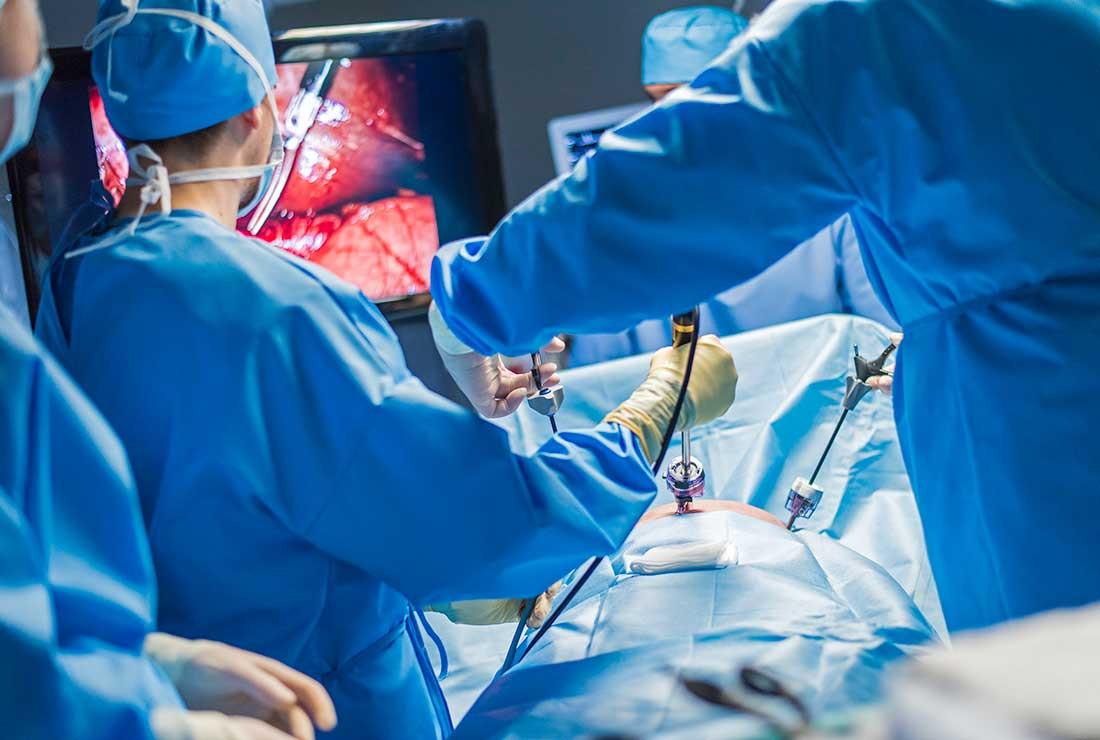Thailand has highly skilled surgeons with vast experience in a range of surgical fields. At Samitivej Sukhumvit Hospital, Bangkok, our surgeons have undergone specialized training – both at home and abroad – to improve their understanding of these procedures. Most importantly, there is a high level of cooperation between surgeons, anesthesiologists, and nursing professionals.
Operating theaters are Critical Care Complexes equipped with a full range of medical devices and the latest technologies used to provide internationally recognized standards of care. We are proud to have created a critical care complex that sets a new benchmark for medical excellence in Thailand and provides strong technological advances in the following areas:
- Monitors displaying 3D images in HD: 3D-4K surgical technology provides surgeons with a 3-dimensional image that is clearer than ever. These monitors and 3D images allow surgeons to see a high-resolution image of the internal organs, which helps them gauge distance and utilize equipment with greater accuracy. The system also has settings for reducing shade as it displays colors that are extremely close to reality, making for even greater clarity on the monitor. All of this reduces the likelihood of mistakes, thus accelerating the procedure and improving the levels of safety achieved.
- 3D laparoscopic surgery devices with light adjustment capabilities: Surgeons can set their desired light and temperature levels in advance of procedures, which helps them explore the area being operated on with greater clarity, as previously shaded sections can be lit up. This improves the accuracy and efficacy of surgeries, improving the overall quality and reducing the time patients spend in the operating theater.
- Blue light technology: This system helps make the images displayed to surgeons during procedures much clearer, which reduces surgery times and accelerates patient recovery times.
- Antibacterial operating theater walls: Our operating theaters are the first in Thailand to install specially coated glass walls that are seamlessly connected, making the cleaning process simpler and reducing the chance of bacteria build up, significantly decreasing infection risk. The walls have also been inlaid with lead to prevent radiation leakage.
- Laminar Airflow systems: Air filtration ensures a pure air zone inside the operating area, reducing the risk of infection, which is the main area of concern in all forms of surgery.
- Positive pressure operating theaters: Our operating theaters are specially designed positive pressure environments that remove dust and airborne bacteria, while also preventing the entry of all forms of germs when the door to the theater is opened. This ensures that the highest level of cleanliness is maintained at all times.
- Disinfection: All our cleaning and disinfecting equipment has been accredited for use in medical settings.
Samitivej prioritizes cleanliness, safety, and remaining infection free during the COVID-19 pandemic, by preparing all areas of our hospitals to instill the highest level of confidence possible among our service users. Such measures rely on the principles of prevention outlined by the Ministry of Public Health.
Medical staff will carefully assess each patient requiring emergency care or immediate surgical treatment to determine whether they should receive COVID-19 screening via a rapid test or real-time PCR test.

